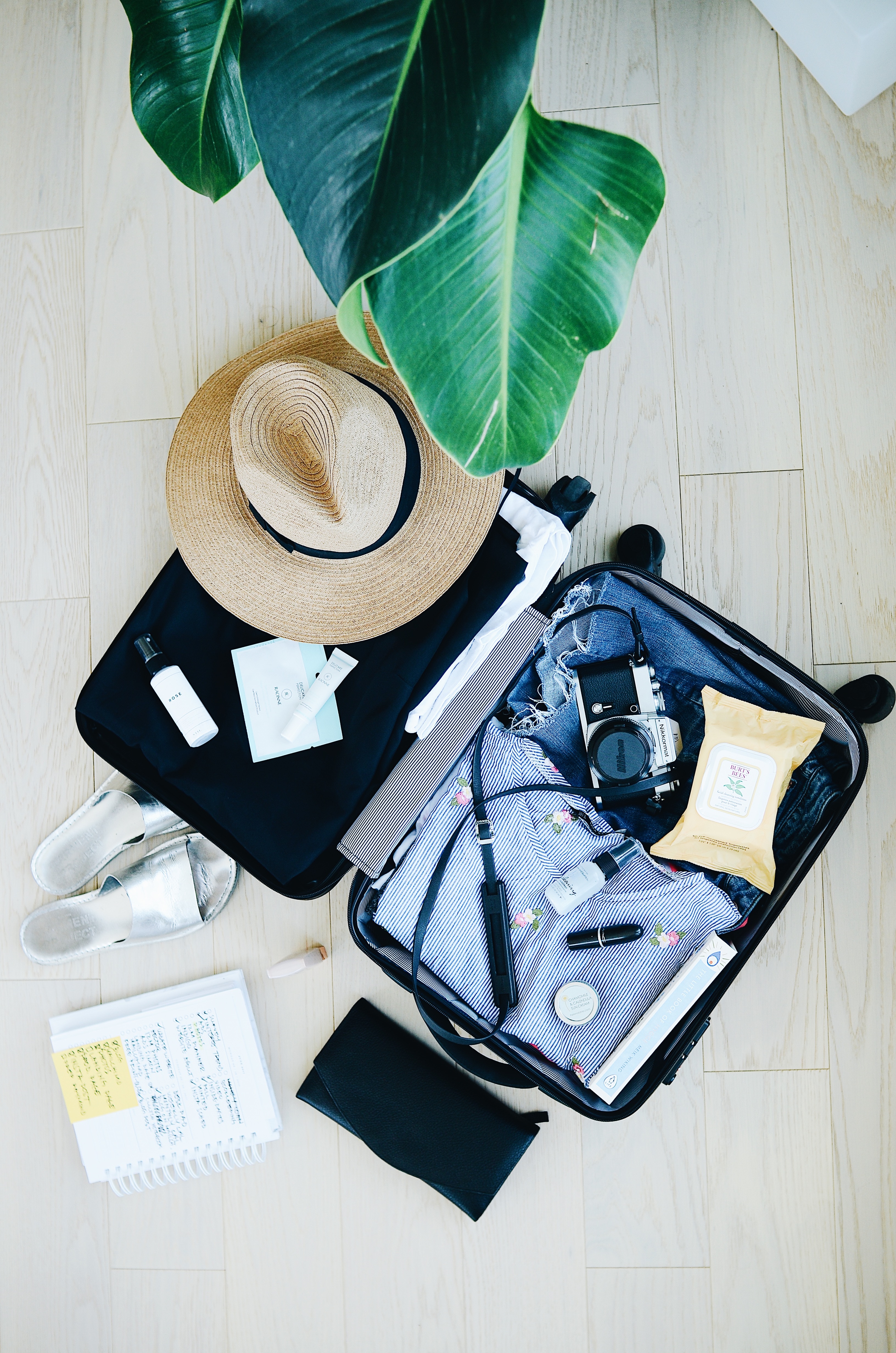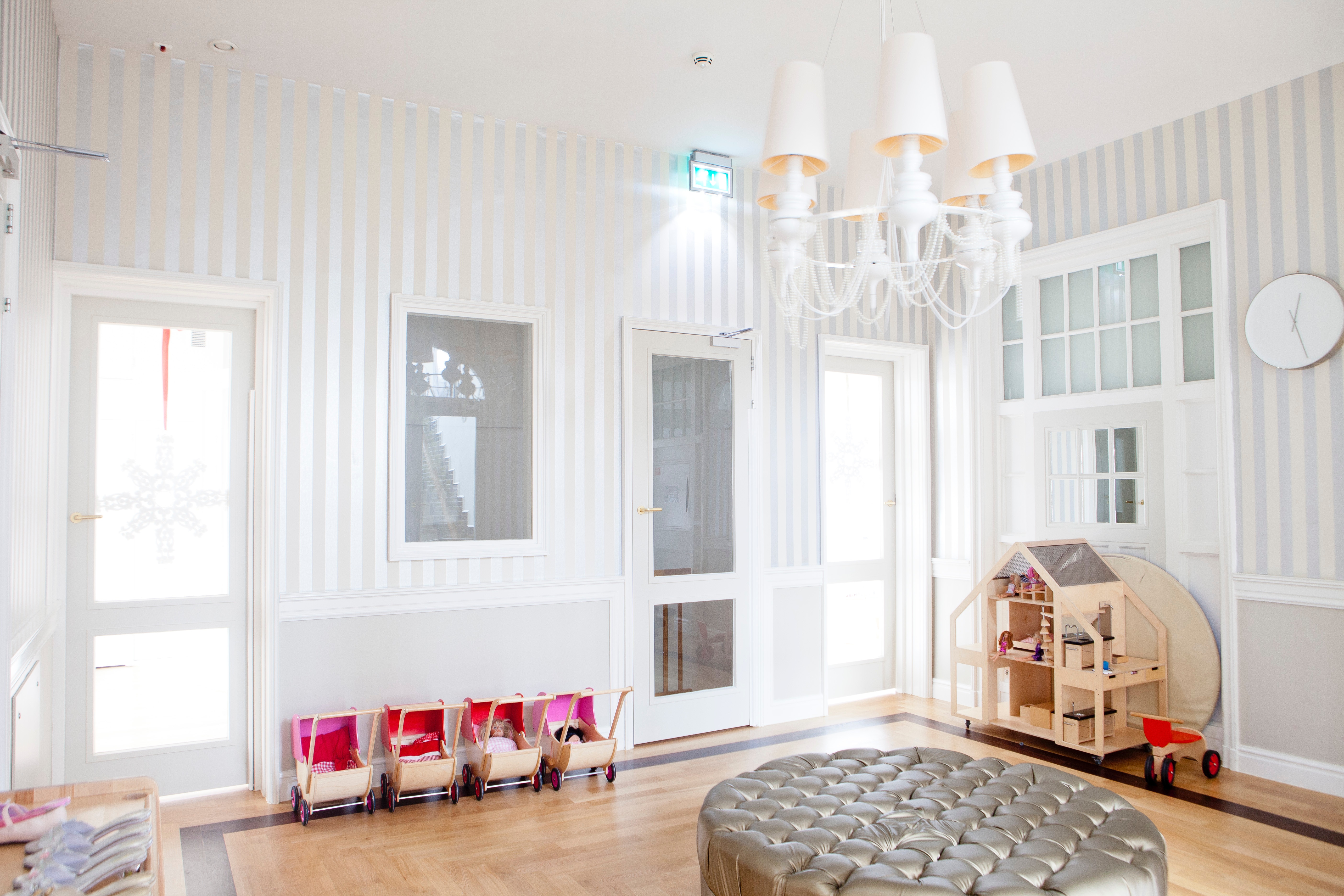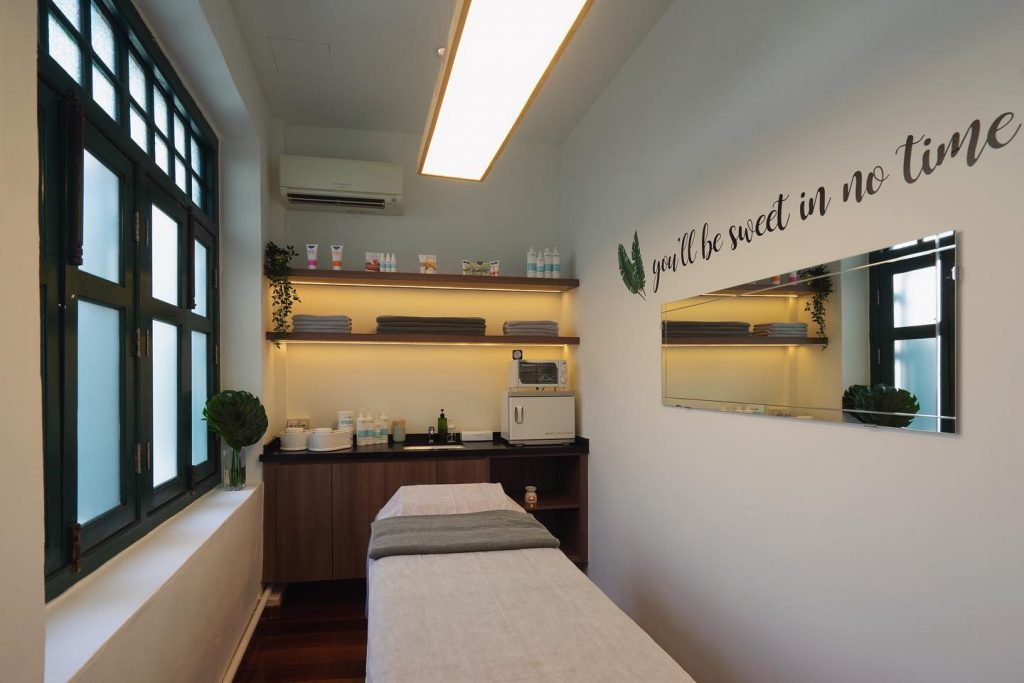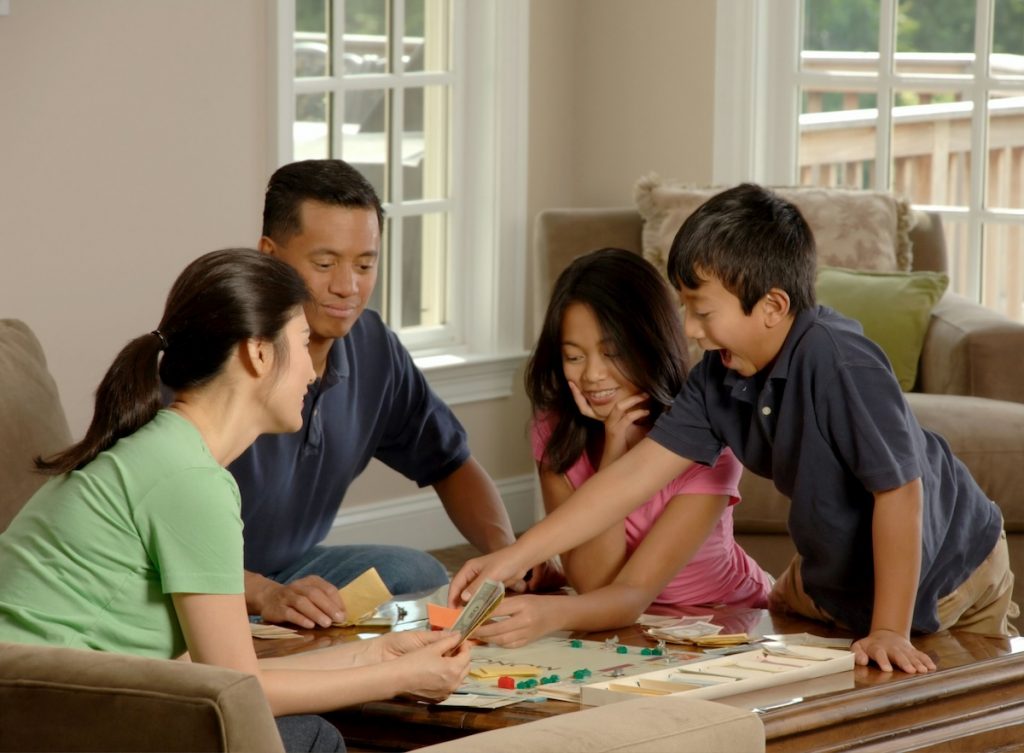sleep...
Your big family vacation is right around the corner and you find yourself running through that mental to-do list of yours. Passport updated? Check. Suitcases packed? Check. Sightseeing spots identified? Check. Child in excellent mood, and ready to sleep perfectly while on vacation?
Erm…not quite…
We understand that travelling with kids is no easy feat – it’s an uphill battle enough as it heading out for dinner, let alone making a trip that possibly involves the crossing of multiple time zones!
To keep your holiday from turning into a hell-iday, we’ve got some tips from Malaysia’s first Certified Sleep Sense Consultant, Ms Ho Wing Yan of Precious Sleep, to help your little one get some much-needed rest whilst on vacation.
Here are some handy things to keep in mind before, during, and after your trip:

Before Your Trip
Plan ahead. You’ve heard that old adage before, haven’t you- if you fail to plan, you plan to fail? A bit of forethought when deciding where to stay and what to bring along with you for the trip can make a huge difference between a disastrous family vacation, and a great one!
As Wing Yan suggests, if your child is already an independent sleeper, and if you can afford it, you might want to consider investing in, or upgrading to a larger living area when choosing a place to stay (such as an apartment with 2 or more bedrooms, rather than a smaller hotel room). This gives you and your partner some much-needed privacy, and also creates a more conducive sleep space for the entire family in the long run.
If you’re intending on sharing a room with your child however, be creative with your living space, and try and keep your child’s cot or bed as separate from your bed as possible, to acclimatise them to falling asleep without needing you there. You might also wish to consider bringing along something that can act as a physical or visual barrier (such as a bedsheet) to prevent your little one from seeing you and wanting you by their side at night.
It’s also crucial to try to recreate a familiar sleep environment for your child. Taking along helpful items such as your child’s favourite lovey, or bedsheets or blankets that carry the comforting scent of your child’s usual sleep surroundings can help the little ones snuggle down easier for bedtime. If your child is accustomed to certain external factors, such as a darkened room, or some background white noise as their sleep associations, it might also be worth bringing along props that help to facilitate this (for example, portable blackout curtains, or a white noise machine), if you have these at hand.
Tank up on rest. Good sleep on a holiday is a rarer commodity than we realise, and it’s all too easy for the kids to accumulate sleep debt when they don’t get their required amount of daily rest. “Try not to make any big changes to your child’s usual routines prior to a big holiday, as this might impact his or her sleep. It’s crucial that you get enough solid rest beforehand, so that the kids are well-rested enough for the trip”, advises Wing Yan.
The day before the trip especially, make sure that the little ones adhere to their usual naptimes and lock in a solid night’s sleep, and try not to pack out their day or overstimulate them in the lead up to the holiday.
It’s also important to ensure that your child gets as much sleep as they can during the flight journey. This can be difficult though, with so much happening in their surrounding environment (lights! sounds! food carts! smiling stewardesses!). The best way to go about it? Wing Yan advises, “I generally tell parents to ease up on the rules a bit when flying; if your child needs to be carried or nursed, or requires an external aid such as a bottle or pacifier to help them feel settled, then do what it takes to help them get some sleep during the flight. But this should only be for the duration of the flight- after that, it’s back to business, and the rules apply again!”

During Your Trip
Don’t overschedule. It can be tempting to rush headlong down 5th Avenue, or up the Tour Eiffel the second you step off your plane…but you need to make sure that your child gets some much-needed downtime after that long flight.
Once you check in to your accommodation, the first order of business should be to try and settle your child in for a nap, in order to recharge their batteries. And be prepared for your usual sleep patterns to be disrupted during those first few days, particularly if there’s a time difference!
Wing Yan advises that, as far as possible, your holiday itinerary should be planned in a way that accommodates and works around your child’s usual nap time schedule. Be attuned to your child’s sleep needs, and avoid packing out your day with activities that would compromise the rest that your child requires.
“But I don’t want to be stuck in the hotel room for the duration of my entire trip!”, you’re thinking. Perfectly understandable – and sometimes, situations will arise that might clash with your child’s usual nap time. In these cases, napping on the go, whilst not ideal, may be necessitated to help your little one catch some shut eye when out and about for the day.
If, however, your child has spent an exciting afternoon barely sleeping, or struggling with broken naps, then do think about calling in an earlier night, at least. Try bringing forward your child’s bedtime to ensure that your child gets a proper night’s rest, and to make sure that he or she catches up on the sleep they missed during the day.
Reset their internal clocks. According to Wing Yan, it takes roughly 2 to 3 days to transition to a different time zone- sometimes longer. Be patient with your child during this time, and let them sleep as much as they need to during those initial few days of the adjustment period. Eventually, they will get back to their normal routine once their bodies have adapted to the change.
To ease them along the way, Wing Yan suggests exposing your child to as much natural sunlight as possible during the day. This helps to shift your child’s natural circadian rhythms, which in turn encourages their bodies to adjust more quickly to the time difference. Conversely, to prepare your child for nighttime sleep, try exposing them to darkness at least 2 hours before bedtime. This, followed by the usual running through of their usual bedtime routines, will help to send a signal to the little ones that their night sleep is approaching.
Reassure them through the jet lag. What happens though if jet lag keeps your child bright eyed and bushy tailed way into the night? Don’t lose heart- Wing Yan recommends still continuing in your efforts towards settling them, so they can at least catch however much rest that they’re able to.
Wing Yan says, “If your child wakes up in the middle of night, or can’t get to sleep, attend to him or her in a dim environment, so it sends the message that it’s still sleeptime. If they resist though, go ahead and entertain them for a bit, but after a while, let them know that it’s time for bed, and resume in your attempts to put them to sleep by running through their usual sleep associations.”
As a preemptive measure for the next day, try and make sure not to keep your child’s last nap for the day too close to bedtime, so that they’re suitably sleepy by the time bedtime rolls around!
Watch out for habits. So your child is now a pro at manoeuvring a different time zone- yay! But what if it’s the scary new world of portacots (as opposed to his comfortable crib at home) that’s the reason for his sleep strike?
If your child is finding it difficult to get accustomed to their new sleeping conditions, Wing Yan suggests helping them ease into this transition by reassuring them with your presence before they sleep. However, she cautions, do be mindful of the possibility of habits forming that might be tough to break on the way back. Even if you’re a parent who doesn’t naturally co-sleep with your child at home, it can be tempting to bring your little one into bed with you, if they seem less than comfortable with their holiday sleeping arrangement.
Instead of creating a “three’s company” type situation, Wing Yan suggests sticking to the portacot instead, and simply running though your usual bedtime routine, before attempting to put your child down awake. If they seem anxious however, try staying beside your child so that your presence helps to calm them in an unfamiliar setting. Repeat this same process on Day 2, but try moving a slight distance away from your child’s cot this time. On Day 3, gradually taper things off by moving out of your child’s room or away from his or her bed area entirely.
Eventually, your child will grow more accustomed to his new home away from home – granting you and your family the well-deserved sleep you need to fully enjoy your holiday!

After Your Trip
Return to your usual routine. You’re now back home with some lovely souvenirs from your time away – and some less than desirable ones, too (sweets before bedtime! no afternoon naps!). If certain sleep rules of yours might have inadvertently been relaxed during your trip, don’t panic- what happens on holiday, (hopefully) stays on holiday!
According to Wing Yan, it’s important that parents convey the message to their kids that their return home similarly signals a return of the status quo. This means getting right back to your usual naptime and bedtime routines as quickly as possible, so that your child gets used to the way things were once again.
If your child kicks up a storm at this change however, Wing Yan suggests doing an accelerated sleep training by reinforcing the good habits that were in place prior to your holiday. Realise that your little one still inherently retains the sleep skills he or she has previously learnt, and that their post-holiday tantrums are merely an attempt to push their boundaries with their poor, beleaguered parents!
According to Wing Yan, “Keep to your rules and perhaps offer a bit more comfort, if necessary. But don’t revert to your old ways as you did during your trip, and don’t rely on sleep props, which may only prolong matters!
Understand that your child might need some time to adjust back to his normal routine (in the same manner that adults do, too), and be encouraging of his gradual progression, as he grows to understand the environment he’s back in again.”
For more information on Precious Sleep’s infant and child sleep consultation services, contact Wing Yan at +6012 354 2010.












